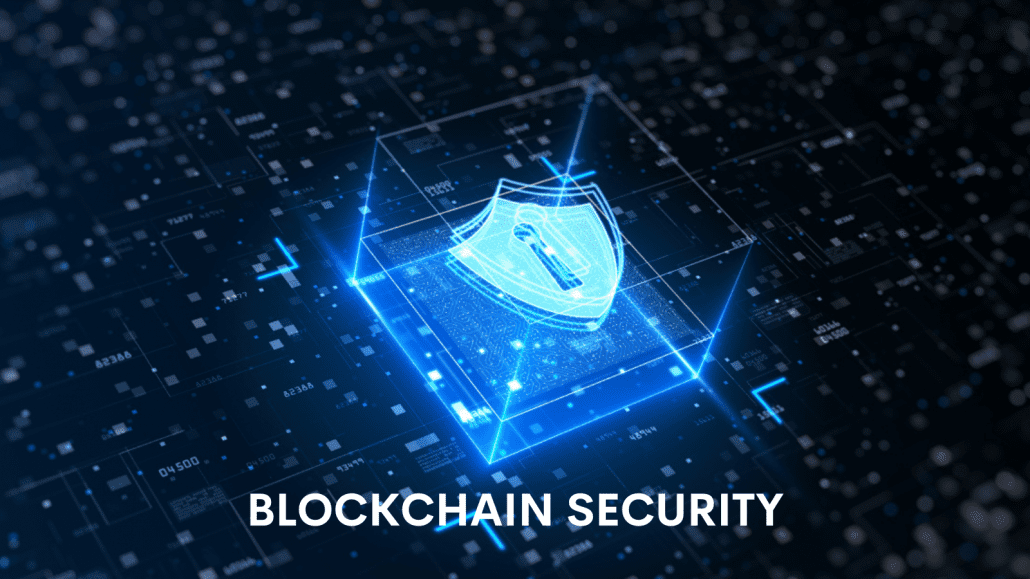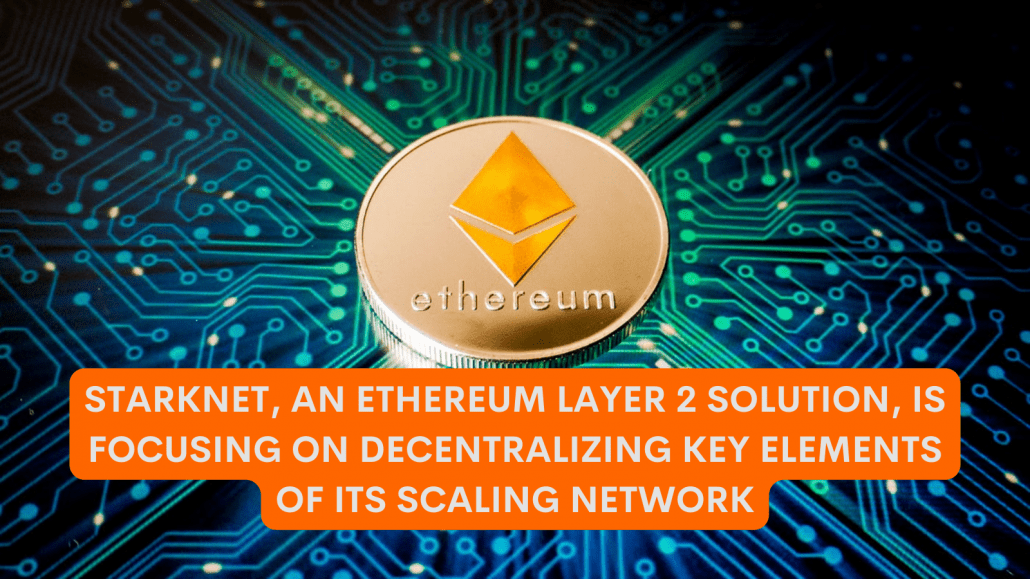Starknet, an Ethereum Layer 2 scaling solution, has recently embarked on a pivotal strategy to increase decentralization within its network. This initiative is driven by the need to bolster the network’s resilience against censorship and enhance its overall robustness, aligning with the core principles of blockchain technology. As a key player in the blockchain space, Starknet utilizes zero-knowledge proof technology to facilitate faster, cost-effective transactions on Ethereum. The move towards greater decentralization is a response to the growing demand for distributed control within blockchain networks, ensuring that power is not concentrated in the hands of a few entities but spread across a broad network of participants.
This decentralization effort is particularly crucial for ensuring censorship resistance, a fundamental aspect of blockchain networks. In a decentralized system, no single entity has the power to censor or alter transactions, maintaining an open and accessible network for all users. Furthermore, this shift is expected to increase the network’s robustness by eliminating single points of failure and enhancing scalability. By distributing network operations across multiple nodes, Starknet aims to improve its resilience to attacks and downtime, while simultaneously processing more transactions. This strategic move solidifies Starknet’s position as a leading Ethereum L2 scaling solution, committed to upholding the tenets of blockchain technology.
Starknet Enhances Blockchain Resilience with Zero-Knowledge Proof Technology
The strategy being implemented by Starknet, a cutting-edge blockchain platform, revolves around the decentralization of key aspects of its zero-knowledge proof rollup solution. This approach has been highlighted by Ilia Volokh, Starknet’s product manager and a renowned expert in blockchain technology. Volokh has underscored the significance of shifting certain centralized elements of Starknet’s system to a decentralized model. This move is not just a technical upgrade but a strategic one, aimed at enhancing the platform’s defense against potential censorship and bolstering its overall robustness. Such decentralization is crucial in an environment where autonomy and resistance to control are paramount for blockchain networks.
Delving into the technological backbone of Starknet, it operates on a validity rollup mechanism, which is an advanced protocol powered by zero-knowledge proof technology. This technology is a game-changer in the blockchain space. It works by amalgamating multiple transactions into a single package. These bundled transactions are then verified through cryptographic proofs, which are subsequently submitted to the Ethereum blockchain. The primary purpose of this process is to guarantee the security and irreversibility of transactions that occur on Starknet’s Layer 2 platform. By leveraging this method, Starknet ensures that transactions are processed efficiently while maintaining the integrity and finality that are essential in blockchain operations.
Ilia Volokh highlights a key aspect of Starknet’s operations: its reliance on StarkWare for critical functions like creating Layer 2 blocks and managing state updates on Ethereum’s blockchain. Despite StarkWare’s central role, its control is limited, unable to misappropriate funds or conduct invalid state transitions. This limitation is enforced by Ethereum’s verifier system, which acts as a robust check against misuse or errors. Starknet’s open acknowledgment of this operational model underscores its commitment to a secure and reliable blockchain environment.

Balancing Centralization with Blockchain Security
Starkware plays a pivotal role in the Starknet ecosystem, serving as a central point of entry. However, Ilia Volokh, a key figure at Starknet, provides assurance regarding the protocol’s integrity. He emphasizes that Starkware operates with complete honesty, lacking the ability to alter transactions in any way. This integrity is crucial in the context of blockchain technology, where the reliability and immutability of transactions are paramount. To further bolster this trust, the Ethereum Layer 1 blockchain acts as a critical safeguard. It plays a vital role in overseeing and validating the actions taken by Starknet, ensuring that all operations adhere to the highest standards of transparency and integrity.
Despite Starkware’s central role and the safeguards in place, Volokh acknowledges that there are potential areas where Starknet could exhibit undesirable behavior. These are primarily limited to two scenarios. The first is inactivity in transmitting proofs to the Ethereum blockchain. This inactivity could lead to delays or disruptions in the normal processing of transactions. The second potential issue is the selective censorship of transactions. Volokh points out the possibility of Starkware excluding specific transactions, a form of censorship that could impact the network’s impartiality and fairness. This kind of selective processing could undermine the decentralized ethos of blockchain networks.
The drive to decentralize certain aspects of Starknet’s protocol stems from a need to address these vulnerabilities. Decentralization is key to combating two major issues prevalent in consensus-based systems. First is intentional censorship, where certain transactions could be deliberately blocked or excluded. Second issue is the vulnerability arising from systems that have a single point of failure. In systems where a single entity has significant control or influence, the risk of system-wide failure or manipulation increases dramatically. By decentralizing its protocol, Starknet aims to mitigate these risks, enhancing the robustness and resilience of its blockchain network. This strategy is not just a technical measure but a fundamental approach to ensuring the long-term reliability and trustworthiness of the Starknet platform.
Ilia Volokh’s Strategy for a More Robust Blockchain Ecosystem
Ilia Volokh, a prominent figure at Starknet, has shared the team’s ambitious goal to tackle two significant challenges in the blockchain world through a novel approach: encouraging a broad spectrum of participants to take an active role in operating Starknet. The strategy centers on decentralizing various critical elements of Starknet’s infrastructure, including the processes of block production, proof computation, and updates to the Layer 1 state. However, this endeavor is not without its complexities, with each aspect presenting unique challenges.
Volokh underscores the importance of fully decentralizing each component of Starknet’s system. He emphasizes that any remaining centralized aspects could significantly undermine the overall effectiveness of the decentralization efforts. For instance, decentralizing the block production process is in line with common practices in the broader blockchain community. This step, while challenging, is a familiar territory for blockchain systems.
On the other hand, Starknet’s approach to decentralizing the prover segment of its operations stands out as particularly innovative and unique. This aspect is critical as it involves the computation of zero-knowledge proofs, a cornerstone technology in Starknet’s infrastructure. The process of decentralizing this function is not just a technical challenge but also a groundbreaking step in the evolution of blockchain technology.
Volokh also takes a broader view of the zero-knowledge rollup landscape. He notes that while these systems capitalize on the decentralized nature of Ethereum, they often depend on central entities for critical functions like block creation and proof computation. This reliance creates a level of centralization, which contrasts with the decentralized ethos of blockchain technology. Volokh believes that the move towards decentralization should be motivated not just by commercial interests but also by the inherent security benefits it provides. In his view, a truly decentralized system is not only more resilient and robust but also more secure, offering greater protection against a range of vulnerabilities and threats.
In essence, Starknet’s journey towards decentralization is not just a technical upgrade; it is a strategic move towards creating a more secure, reliable, and resilient blockchain ecosystem. This vision, as articulated by Volokh, reflects a deep understanding of the blockchain landscape and a commitment to pushing the boundaries of what is possible in this rapidly evolving field.


